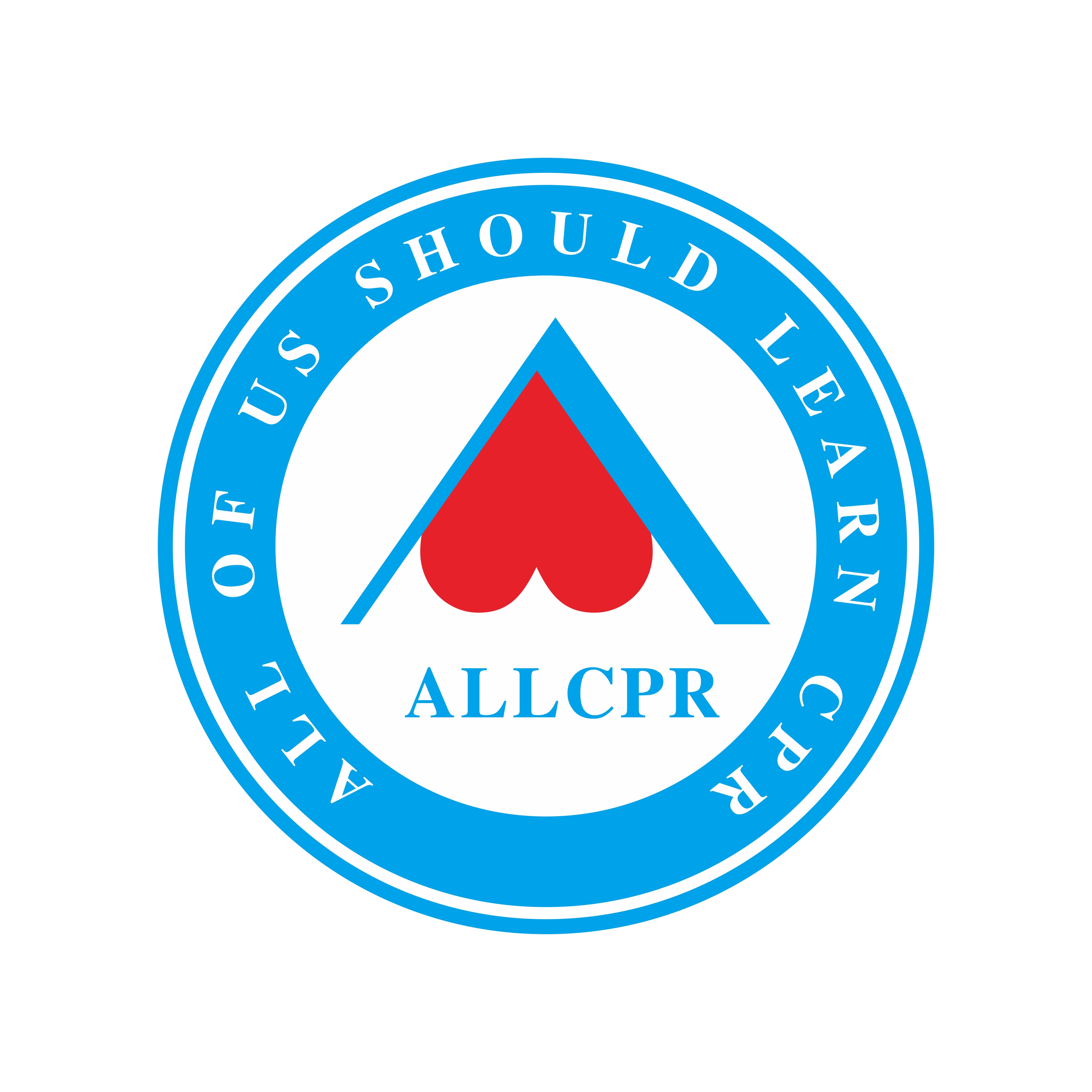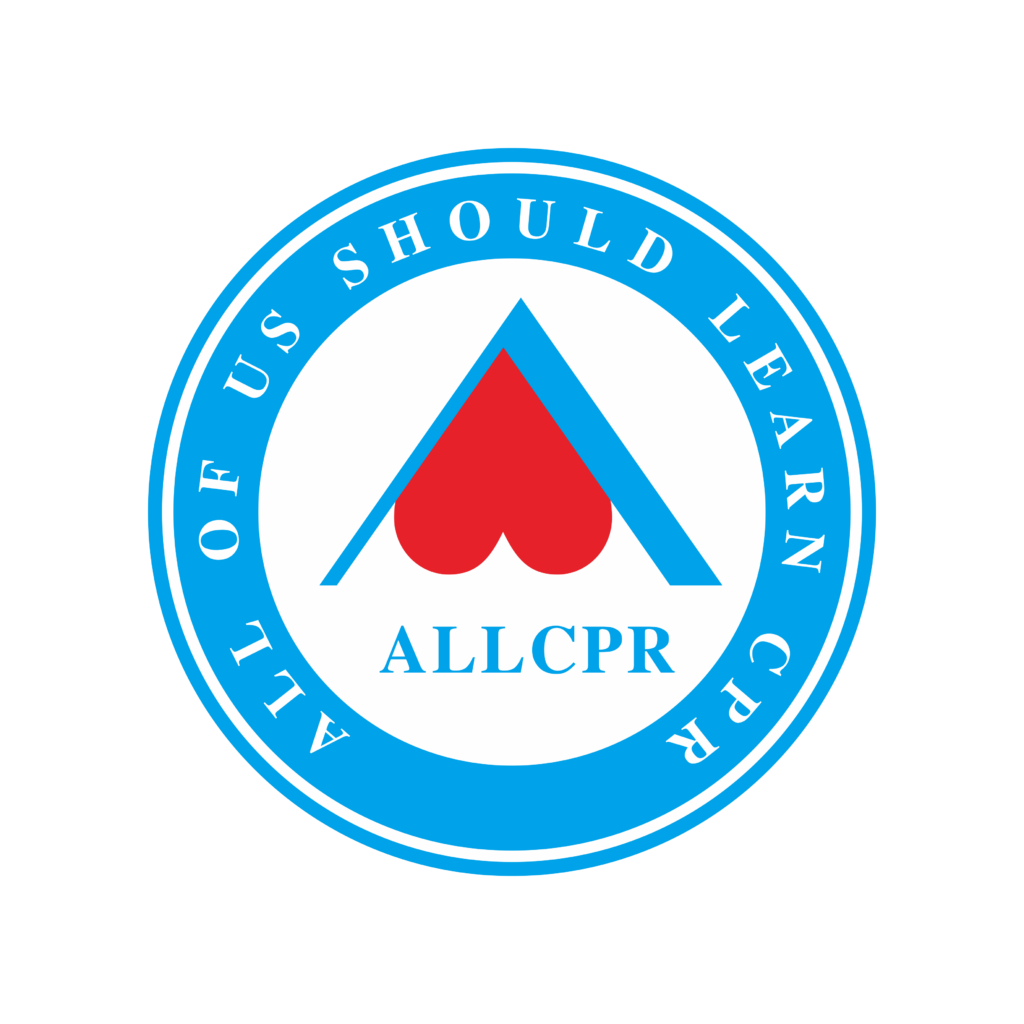
BLS vs CPR: Understanding the Key Differences and Benefits
Introduction: When it comes to emergency response training, two of the most essential certifications are BLS (Basic Life Support) and CPR (Cardiopulmonary Resuscitation). Both are crucial for saving lives, but they serve different purposes and target different audiences. This article will delve into the differences between BLS and CPR, their applications, and why obtaining these certifications is vital for healthcare professionals and laypersons alike.
- What is CPR?
Cardiopulmonary Resuscitation (CPR) is a life-saving technique used in emergencies when someone’s heartbeat or breathing has stopped. CPR combines chest compressions and rescue breaths to maintain vital blood flow and oxygenation to the brain and other organs. This immediate response is crucial in increasing the chances of survival and reducing the risk of permanent damage.
- What is BLS?
Basic Life Support (BLS) is a more comprehensive level of medical care that includes CPR but goes beyond it to cover additional skills such as advanced airway management, the use of automated external defibrillators (AEDs), and effective team dynamics during a resuscitation effort. BLS training is primarily designed for healthcare professionals, including doctors, nurses, and emergency medical technicians (EMTs), equipping them with the skills to handle more complex medical emergencies.
- Key Differences Between BLS and CPR
Audience:
- CPR: CPR certification is aimed at laypersons and non-healthcare professionals. It is suitable for teachers, coaches, babysitters, and anyone interested in being prepared for emergency situations.
- BLS: BLS certification targets healthcare providers and first responders. It is essential for those working in hospitals, clinics, and other medical settings.
Depth of Training:
- CPR: Focuses on the basics of chest compressions, rescue breaths, and AED use. It provides a foundational understanding of first aid principles.
- BLS: Includes all aspects of CPR training plus advanced airway management, handling team-based resuscitation scenarios, and other critical care techniques.
Certification Requirements:
- CPR: Typically requires renewal every two years, ensuring that individuals stay up-to-date with the latest guidelines and techniques.
- BLS: Often requires more frequent renewals, especially for healthcare professionals, to maintain proficiency in life-saving skills.
Application:
- CPR: Suitable for various non-medical scenarios such as schools, workplaces, and public spaces.
- BLS: Primarily used in medical settings where advanced life support measures are necessary.
- The Importance of BLS and CPR Certifications
Both BLS and CPR certifications play a vital role in improving survival rates during cardiac and respiratory emergencies. Being trained in these techniques ensures that individuals can respond promptly and effectively in critical situations. Here are some reasons why these certifications are important:
Increased Survival Rates: Prompt and effective BLS and CPR can double or triple the chances of survival for cardiac arrest victims.
Immediate Response: Certified individuals can act quickly during emergencies, reducing the time between the onset of an incident and the administration of life-saving care.
Professional Competence: Healthcare providers with BLS certification are better prepared to handle complex resuscitation scenarios in clinical settings.
Legal and Ethical Responsibility: Having CPR and BLS certification demonstrates a commitment to the well-being of others and fulfills legal and ethical obligations to provide assistance during emergencies.
Conclusion: Understanding the differences between BLS and CPR is crucial for determining which certification is right for you. Whether you are a healthcare professional or a layperson, acquiring these life-saving skills is a valuable investment.
For comprehensive training and certification in BLS and CPR, visit AllCPRSanJose.org. You can also enroll in our courses here.





